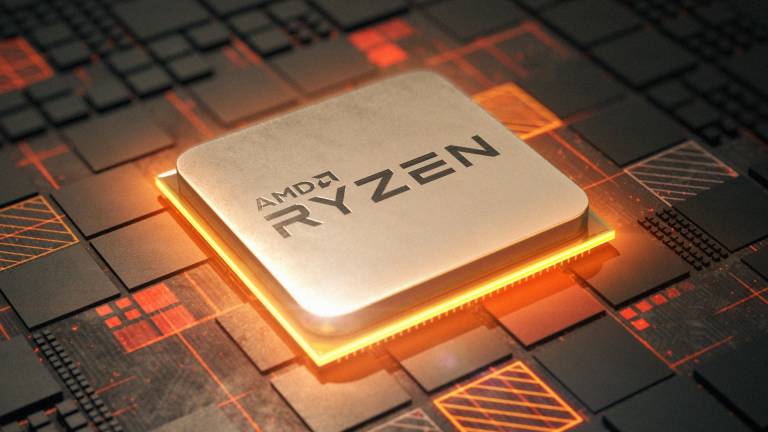Although the focus of the fans is all on the third generation Ryzen processors, on the market there are – and many still buy – the first and second generation Ryzen.
These are still very good processors, sold at decidedly low prices in this period and above all compatible with the B350, B450, X370 and X470 motherboards with AM4 socket. As for the X570, it depends on the choices of individual manufacturers (but it would not be a logical combination, for various reasons, in our opinion).
Apparently, AMD has been bringing some Ryzen 1000s – such as the Ryzen 5 1600 – to the market for a few weeks now with a little surprise: no longer made with the 14 nanometer production process but with a 12 nanometers, more efficient, used for second generation Ryzen (and third generation APUs). Architecture would also change, no longer Zen but Zen +, improved thanks to some optimizations, in particular on the memory front.
According to what reported on Reddit, the new 12-nanometer Ryzen 1000 would be characterized by the letters AF in the product identifier on the box or the chip itself. The original Ryzen 5 1600 that debuted in 2017 had the ID YD1600BBAEBOX, while the new models (November 2019) are accompanied by the part number YD1600BBAFBOX.
At first, the abbreviation AF seemed to identify two different steppings of the Zeppelin die at 14 nanometers (B1 and B2), but instilling the doubt they thought about it software such as CPU-Z and HWInfo, which identify AF chips as 12-nanometer Pinnacle Ridge solutions. A mere detection error? It may be, so we can’t say at the moment that there has actually been a change by AMD.
The software detects frequencies for the Ryzen 5 1600 identical to the known ones, so there are no surprises on that front. According to the test of a Reddit user who got hold of an AF model, “the interesting aspect is that this CPU increases in boost to 3.7 GHz, 100 MHz more than the normal 3.6 GHz. I thought it was strange, so I installed the old AE chip and found that the multiplier goes up to 37x, but only for very little. Under any load, even with 1-2 cores, the old chip went down to 3.4 GHz. This new AF chip was able to sustain 3.7 GHz for longer periods, and is only 200 MHz behind the real 2600. The boost algorithm on all cores also seems much improved, it goes up to 3.6 GHz with Cinebench, which is a little higher than the 3.4 GHz of the 1600 AE “.
“I expected to see an IPC improvement of only 3% from Zen +, but the actual performance is superior and the 400 points higher scores in the R20. In CPU-Z we can see 12 nanometers and Pinnacle Ridge, like the 2600. Memory latency has also been reduced thanks to the Zen + IMC. ”

The user also found himself forced to update Ryzen Master, the official software from AMD, to recognize the CPU. “It was some versions old, but not so old … did they have to add special support for this chip?” Asked the enthusiast.
As for overclocking, the AF model does not seem to have been able to reach the same frequencies as the 1600 AE, but it is good to remember that OC is not an exact science and each chip responds differently. The new AF models are accompanied by the Wraith Stealth heatsink, lower than the Wraith Spire bundled with the Ryzen 5 1600 on debut.
Pending official statements from AMD, the question arises: why would the company ever make 12-nanometer Ryzen 1000s? The first hypothesis remains that of a wrong detection by the software. The second is that AMD would be applying the saying “the pig does not throw anything away”, transferring it to the CPUs: the company may have decided to use the Ryzen 5 2600 dies that do not maintain the advertised frequencies of that model for mere – and understandable – economic reasons. On the other hand, it is better to recycle the “unfortunate” dies and sell them than to throw them away and create a loss, right?
We await developments, we will keep you out of date in case more information comes out.















